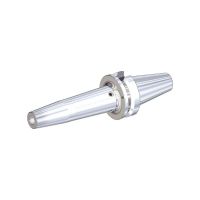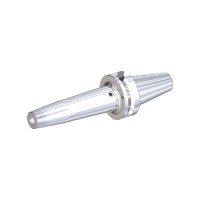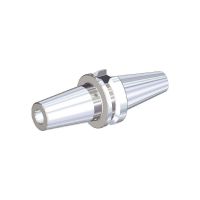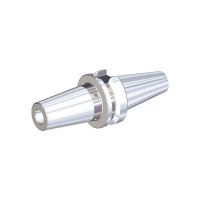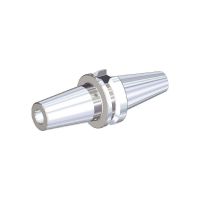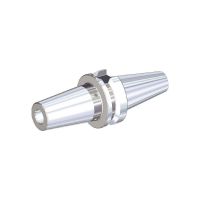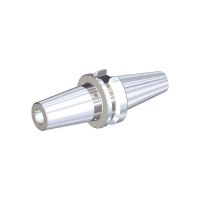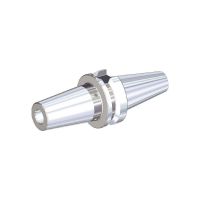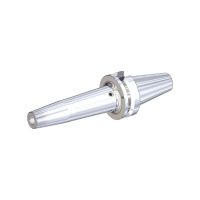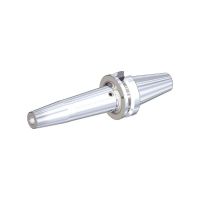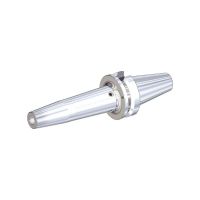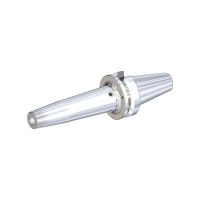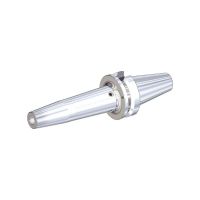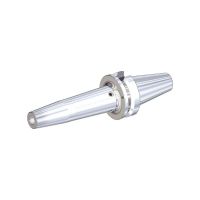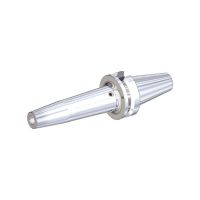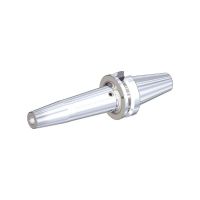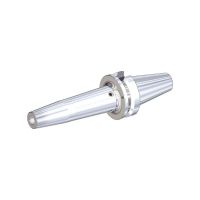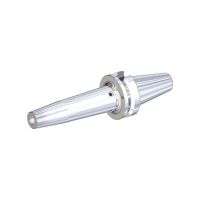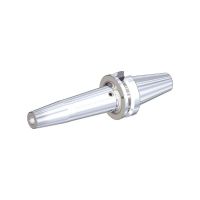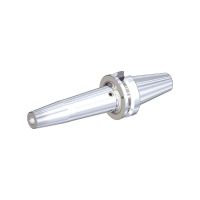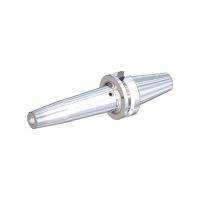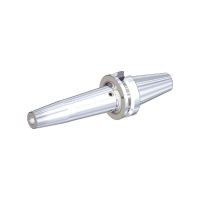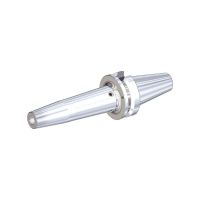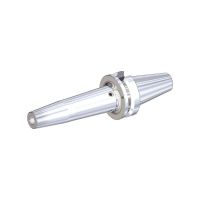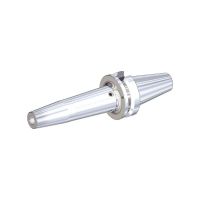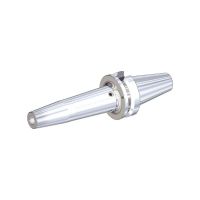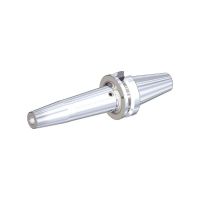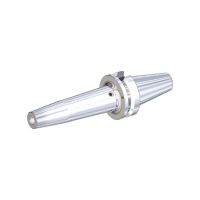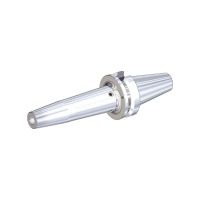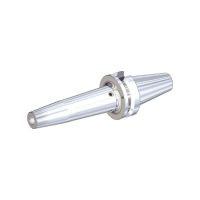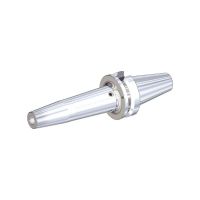The field of engineering tooling, indeed the world of engineering as a whole, is constantly evolving as new technologies are brought to market and everyone is searching for that elusive competitive edge. That means that, as a supplier committed to providing our customers with genuinely beneficial products, we have to keep at least one ear close to the ground to stay abreast of trends and developments.
And right now, Shrinkfit tooling is literally and figuratively a hot topi. It’s not a brand new concept, many of you will already be aware of it, but there’s definitely a bit of buzz around the topic at the moment. We’re putting that down to a significant uptick in interest from several tooling manufacturers, and we’re expecting that this is down to some new manufacturing advances in the production of these tools, which obviously is of considerable interest to us.
But should it also interest you?
Well, that really depends on where you see your business in the near future and if your market sector will benefit from what Shrinkfit offers, so let’s take a closer look.
What Actually is Shrinkfit Tooling?
As the name implies, it’s a method of fitting tools into toolholders by shrinking the holder on to the tool to ensure a close fit between the two. A holder/collet is heated, typically by induction, making it expand so that the hole for the tool is very slightly bigger that the tool shank, then as it cools it contracts to form a very tight fit onto the tool.
How Does it Compare to Other Methods?
As you would expect, Shrinkfit produces the highest friction fit of all methods but there’s much more to it than that. It has a very low runout, is highly accurate and produces very high grip forces, even on greasy or oily tools. On top of that it lends itself to tooling with smaller nose diameters for improved access and offers lower maintenance and quicker tool changeovers, too.
What are the Real-World Benefits?
There are some downsides when compared to more traditional methods, such as the cost of heating stations and the tool holders themselves, but these should be more than offset by the benefits of a far more rigid, highly accurate system. Tool life is an obvious area where the superior grip and accuracy should pay dividends, facilitating high-volume production through high-accuracy machining with greater spindle speeds and feedrates. It is also well suited to long-reach applications, again because of the inherent stability, and the same goes for improved surface finish, potentially reducing production times for many parts.
Okay, What’s the Catch?
Of course, you’ll need to invest in new tooling and a heating station, and you’ll need to ensure that your operators are well trained on how to use it and maximise its commercial potential.
Conclusion
Going back to what we said at the start, Shrinkfit is almost certainly something you need to consider if you’re going to benefit from the improvements in accuracy and finish quality, production speeds and tool resilience, but this is going to be offset by the costs of making the change. Ultimately, if you’re only going to chase the kind of customer who doesn’t need this sort of technical advance then it might not be for you. But if you can capitalise on maker better products, faster and with reduced ongoing per-item costs, then you should also consider keeping an ear to the ground on this topic.


